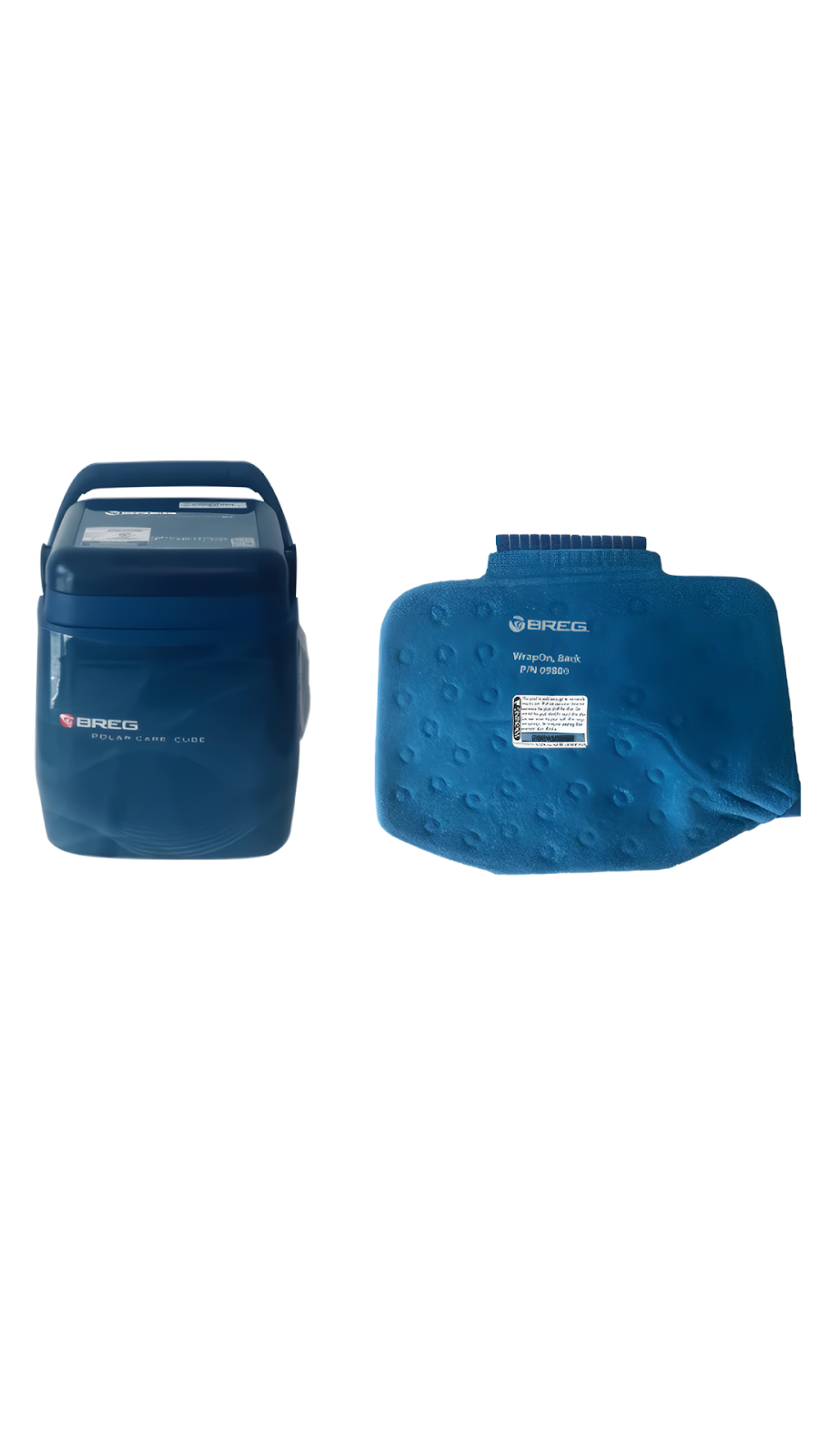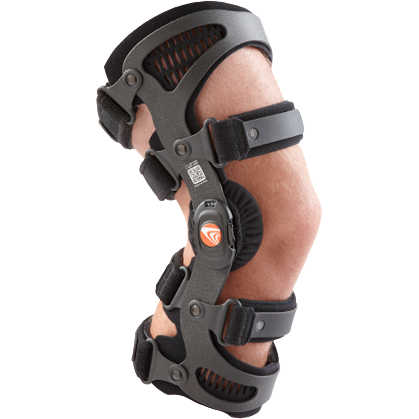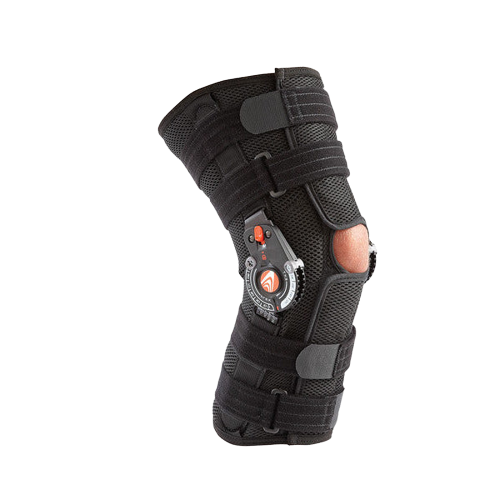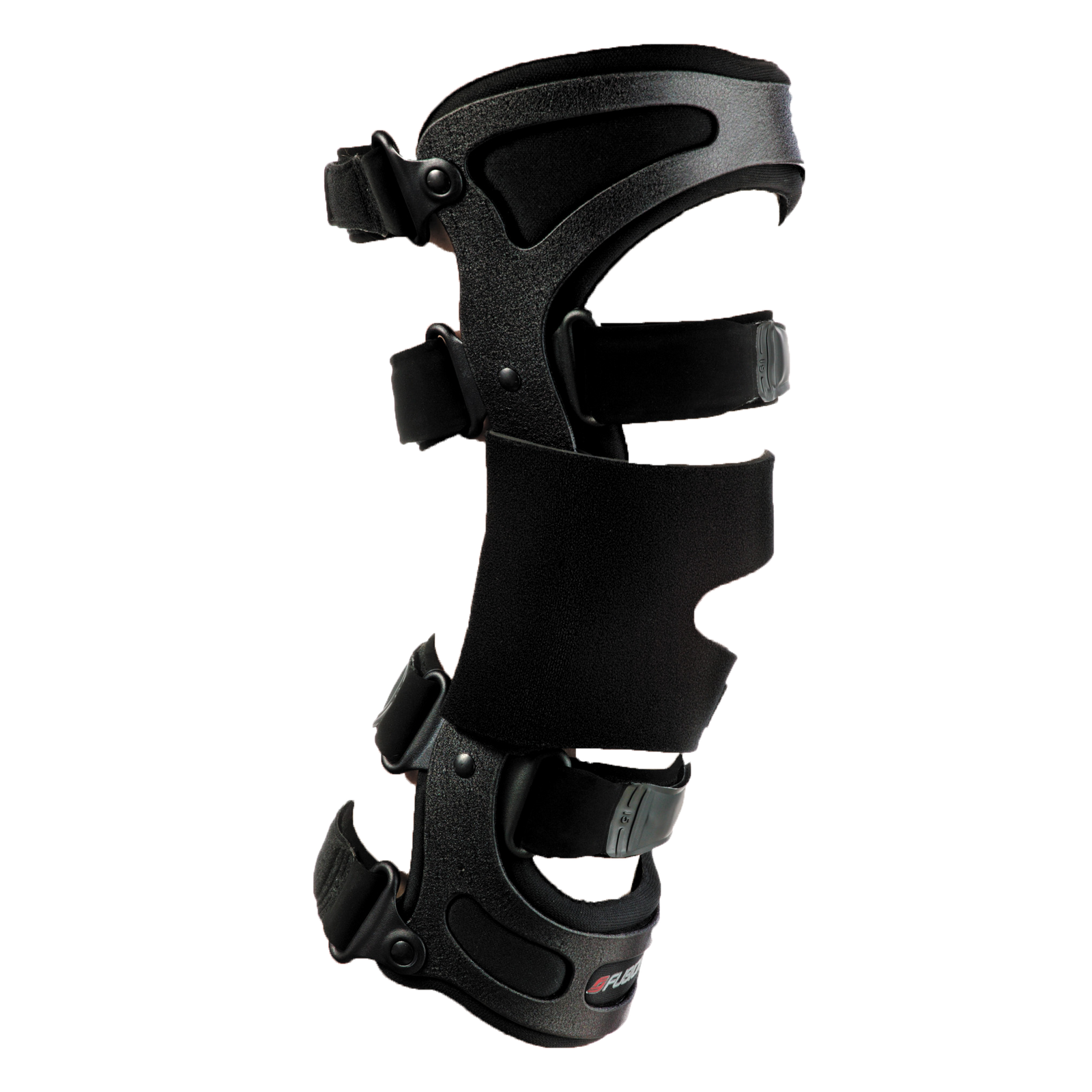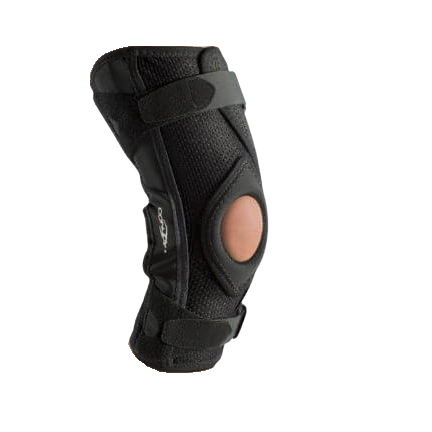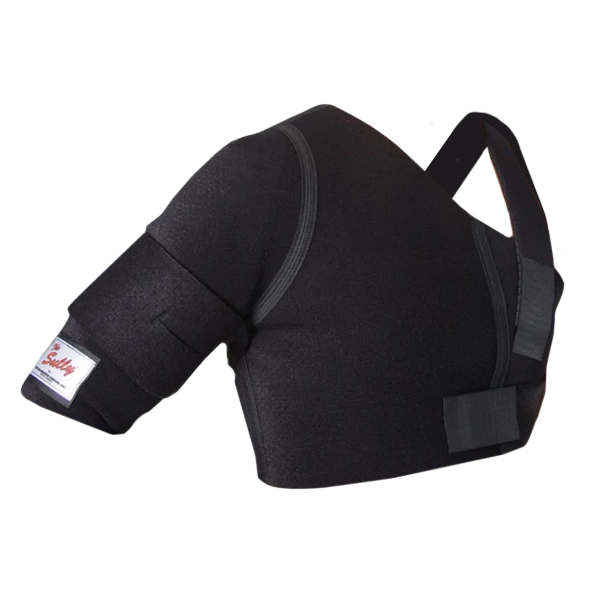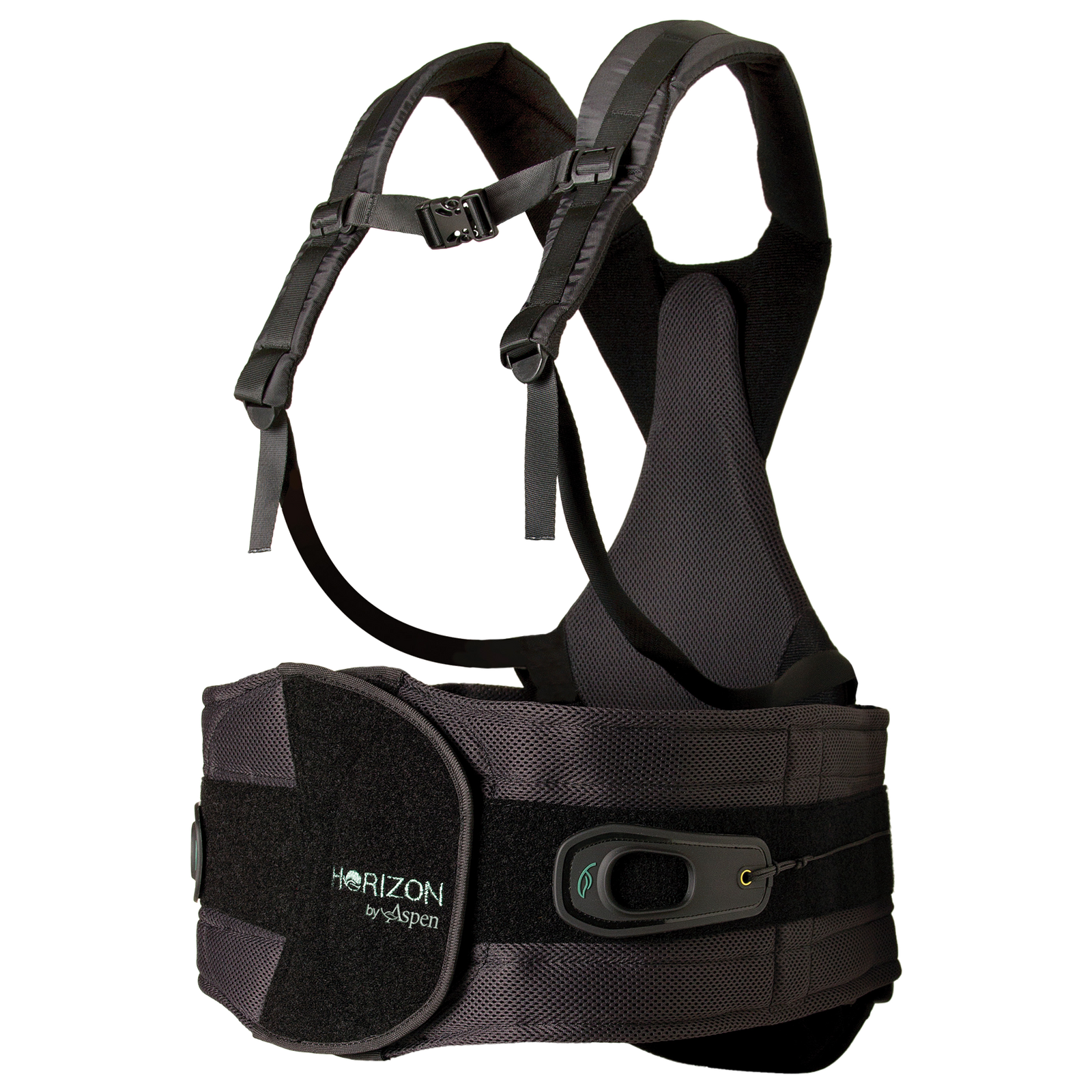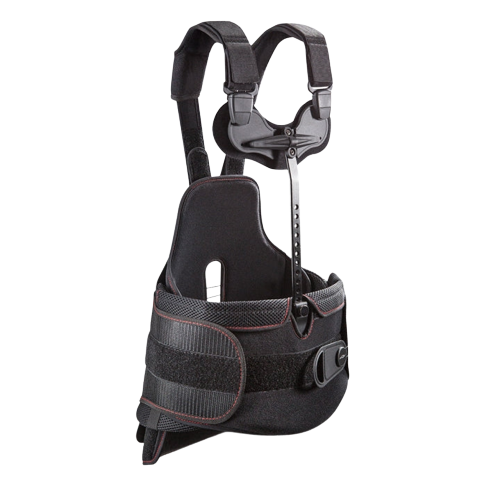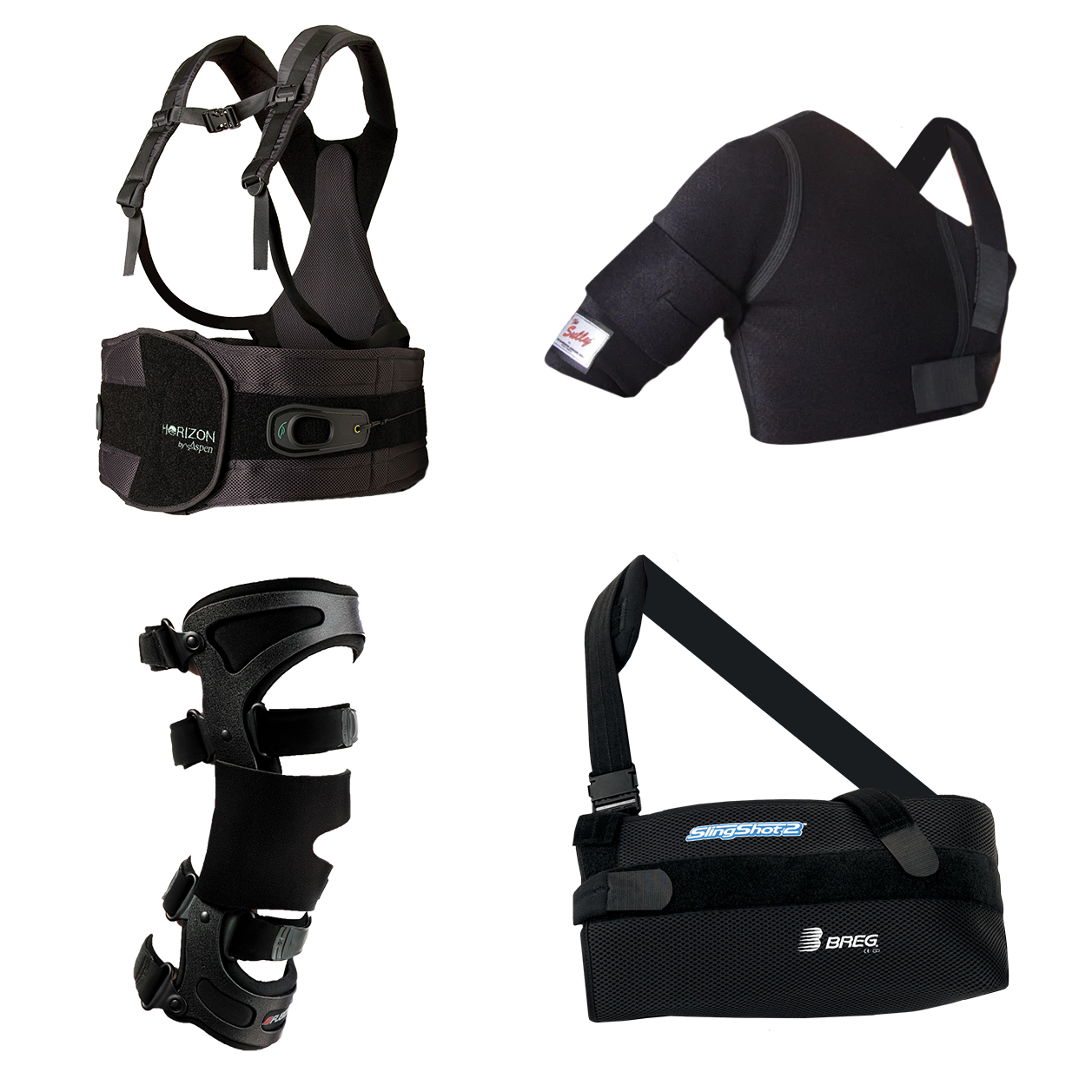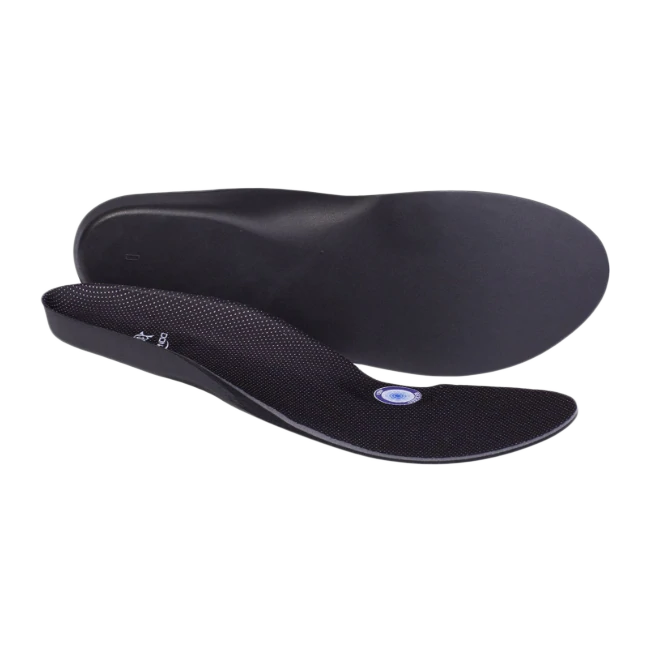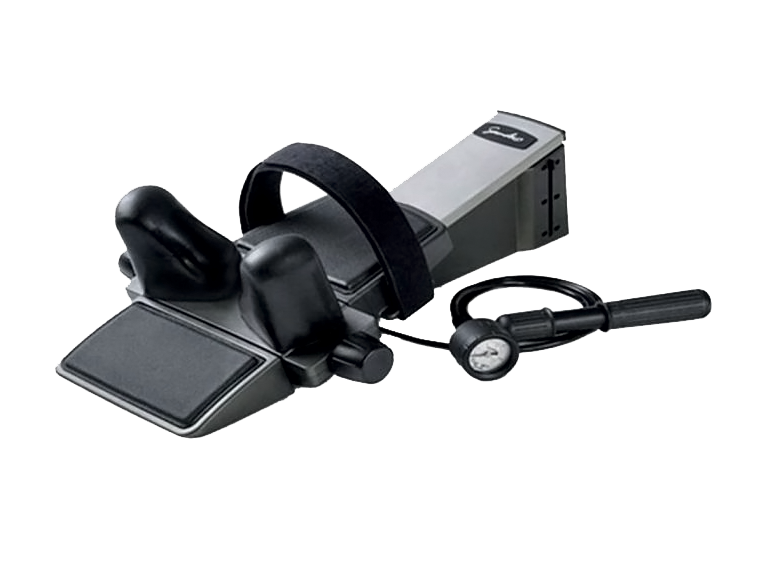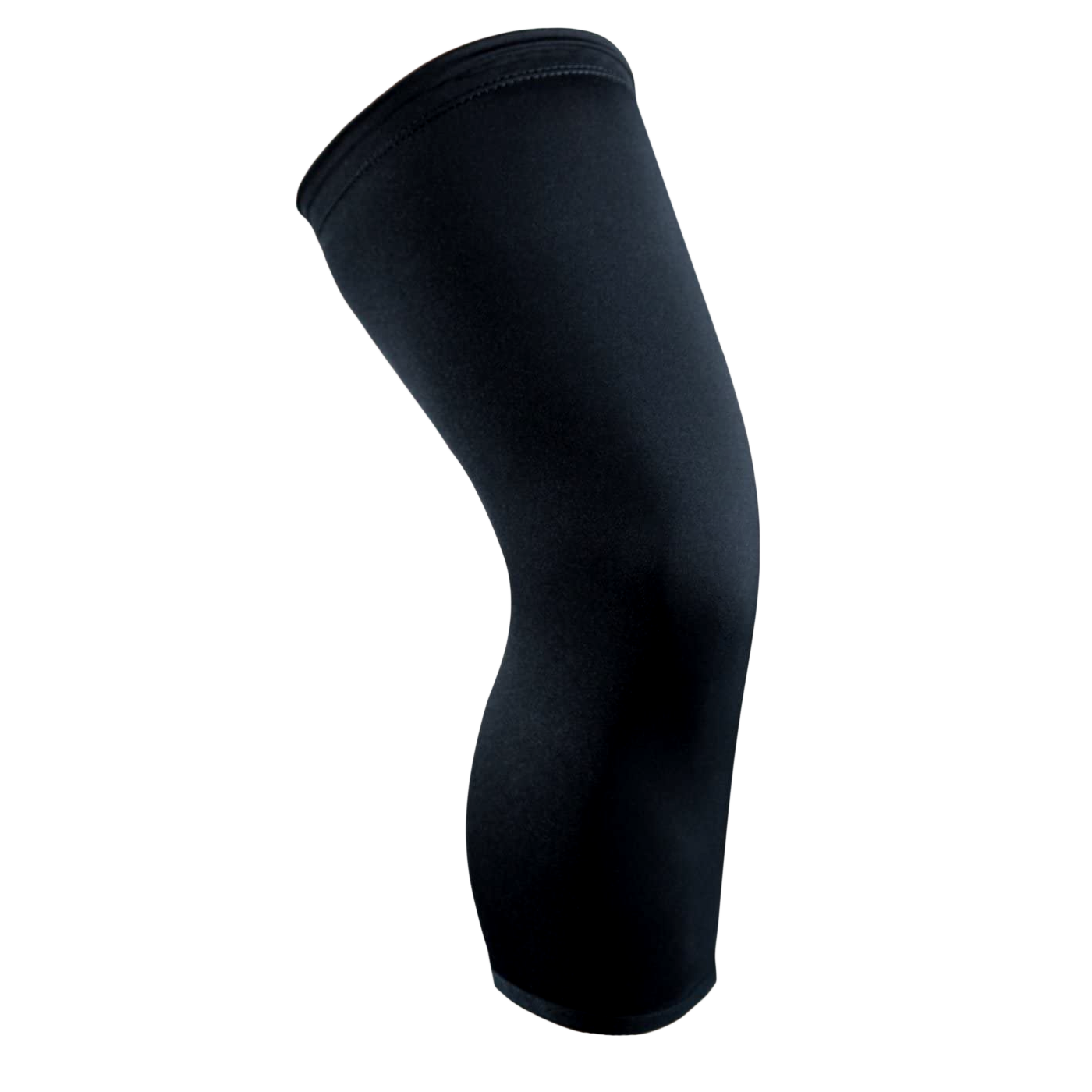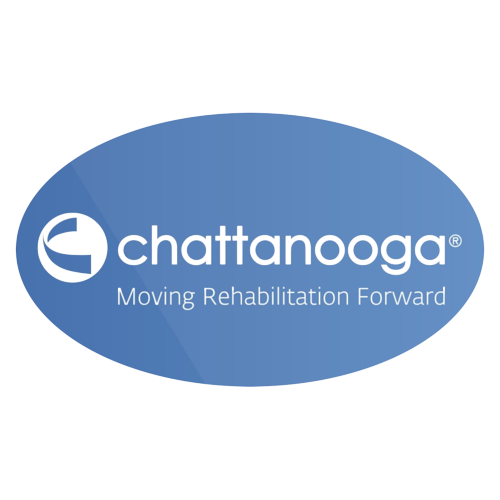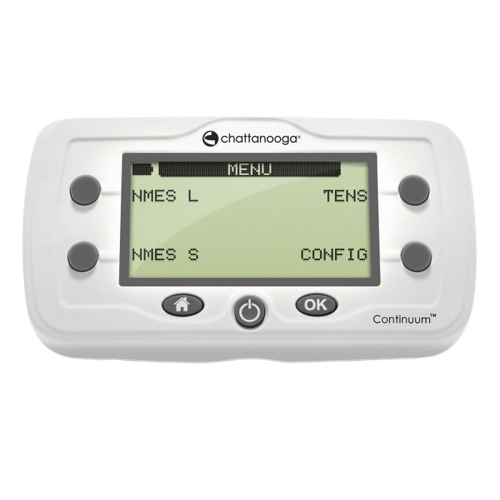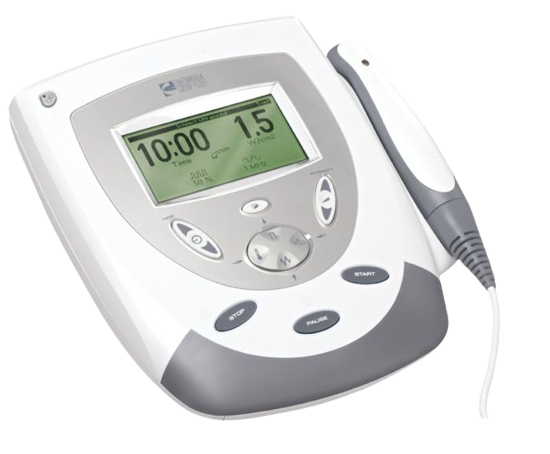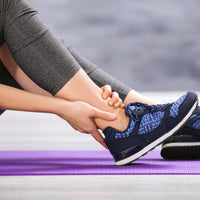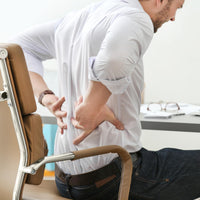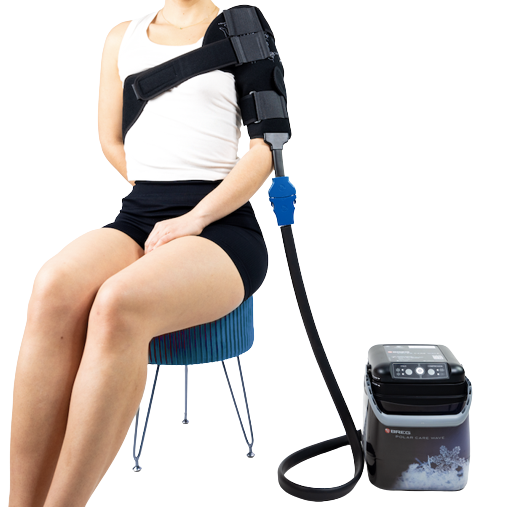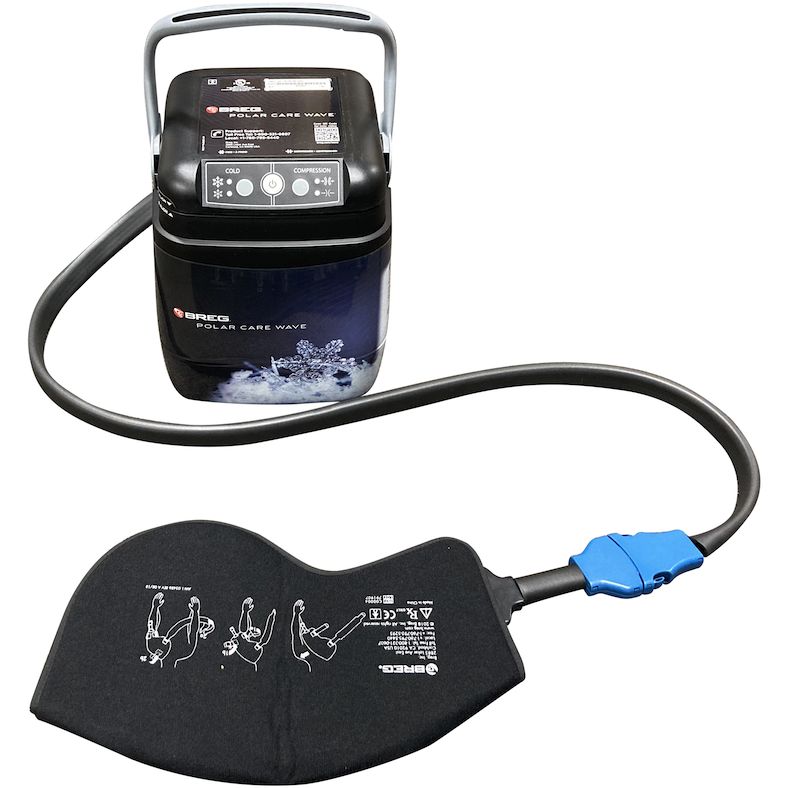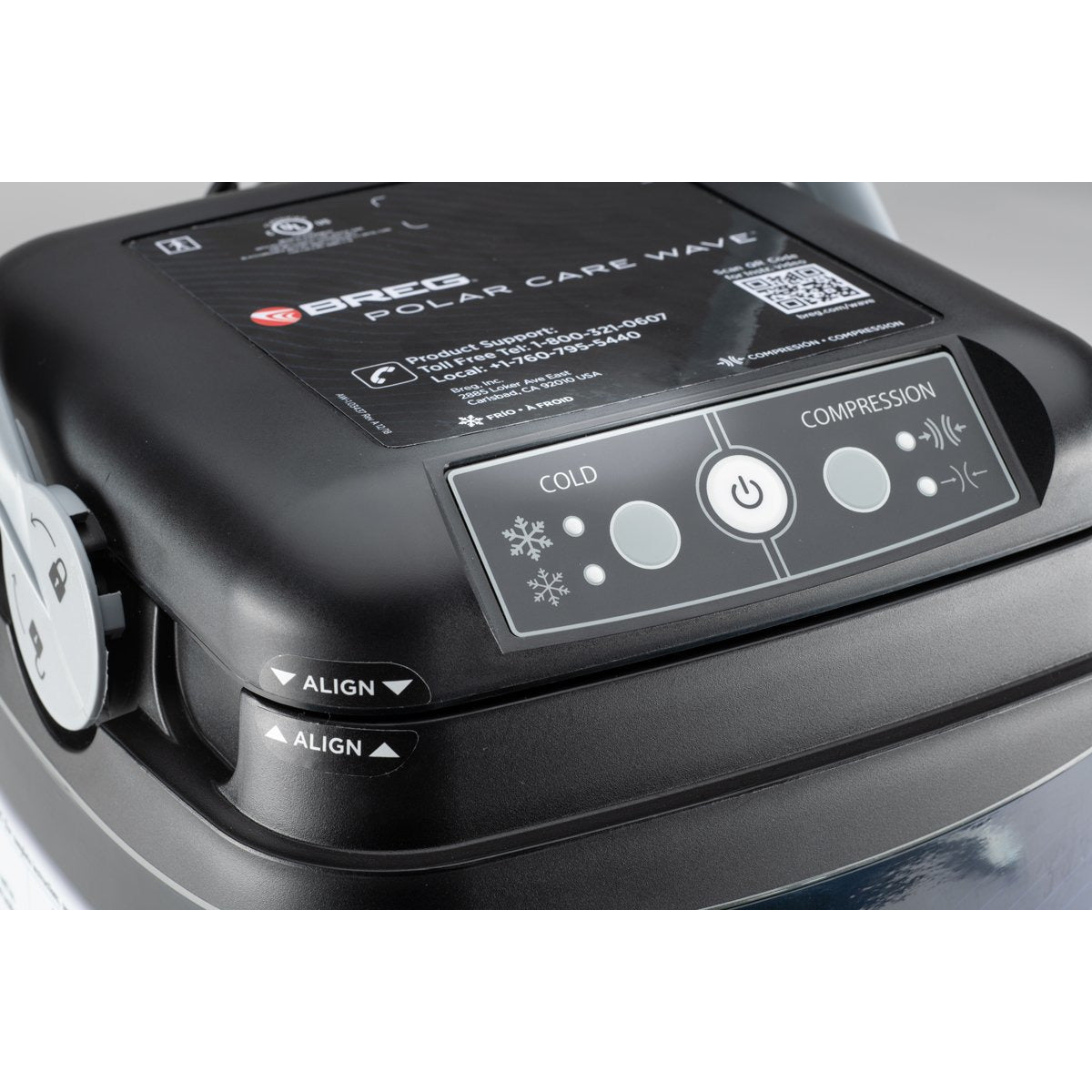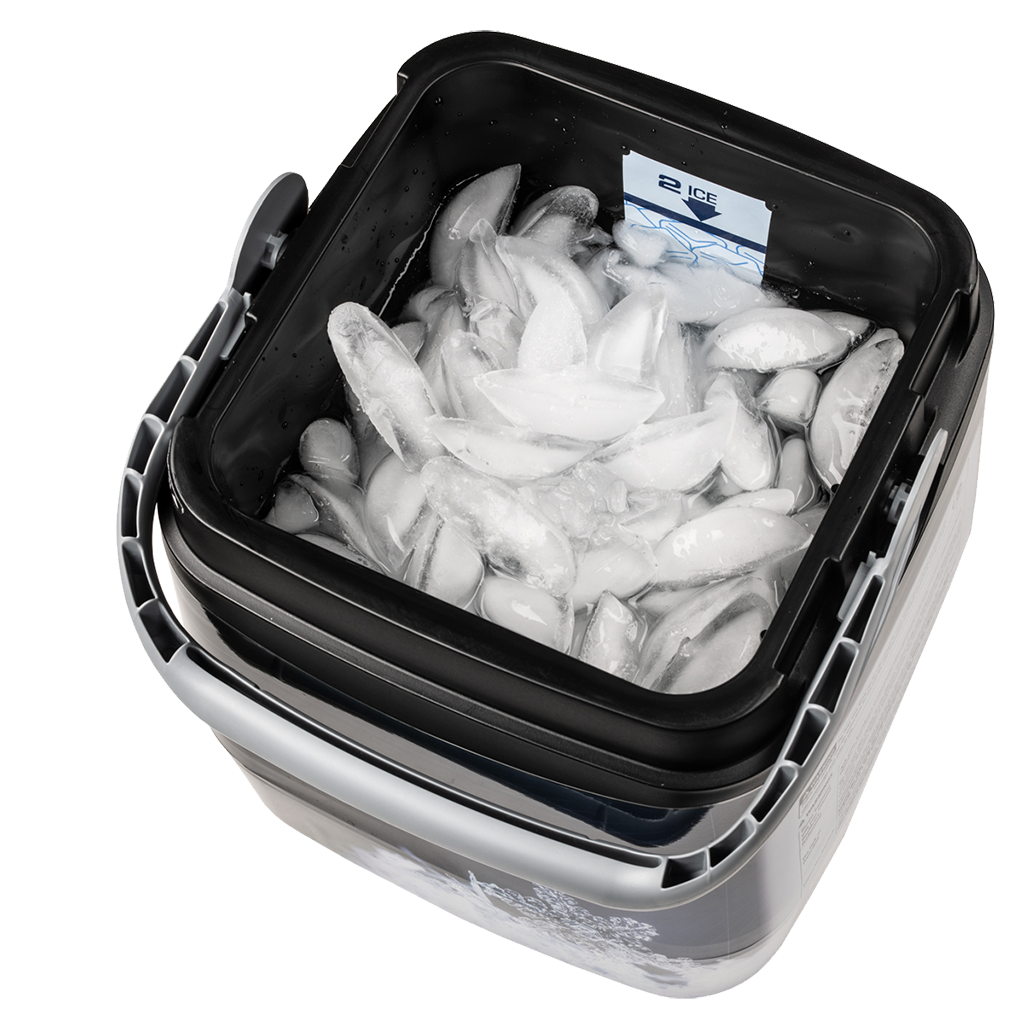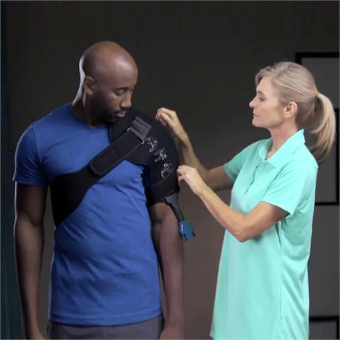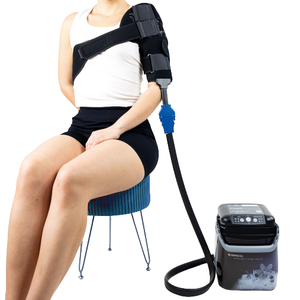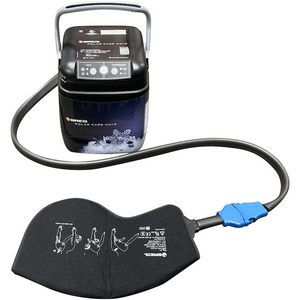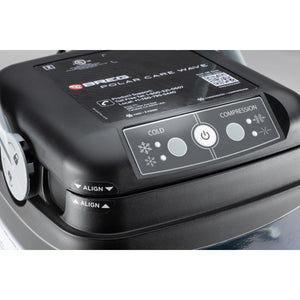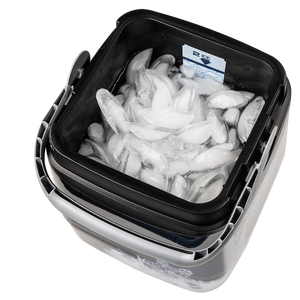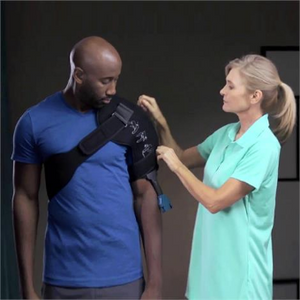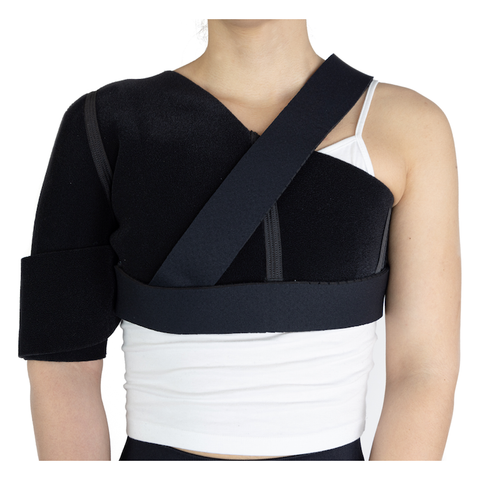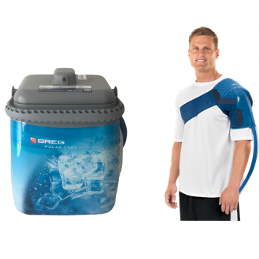
Speeding up your shoulder surgery recovery time isn’t impossible. In fact, it’s easy when you use natural healing methods to help regain your strength and mobility.
Rotator cuff surgery is one of the most popular operations that orthopedic surgeons perform, with nearly 3 million operations each year. What most patients don’t know is that after surgery, you can heal your body quickly by following just a few simple steps.
Key Takeaways
- Eating a healthy diet and performing low-impact, daily exercises are key to accelerating shoulder surgery recovery time
- Cold therapy machines offer the most convenient, effective means to reducing post-operative pain and inflammation
- Rotator cuff injuries are most often caused by repetitive motion or wear and tear associated with aging
Recovering from shoulder injuries and surgeries takes patience and understanding. If you need shoulder surgery and want to learn more about your operation and the recovery process, we have the answers.
Speed Up Shoulder Surgery Recovery Time
After your operation, the key to regaining full mobility is allowing your body the time it needs to fully recover. Here's what you need to know to get back to a healthy, active lifestyle after your operation.
Daily Activity
Immediately after your operation, you’ll likely feel tired and need rest. During this time, be sure to get plenty of sleep and keep yourself comfortable as you rest.
Once you receive approval from your doctor, begin taking short walks and gradually increase your time spent walking as each day passes. Walking after any operation is recommended to patients because it:
- Decreases risk of blood clots
- Helps prevent pneumonia and constipation
- Reduces inflammation and swelling
- Maximizes oxygen and nutrients
During your recovery time, eliminate heavy lifting to give your shoulder the time it needs to heal. Most doctors recommend having a friend or family member nearby to help you perform daily activities as you regain your strength.
As you gradually increase movement during recovery, remember to communicate closely with your doctor and only increase or decrease intensity of tasks as advised.
Diet
Eating a healthy diet both before and after your operation can help reduce your shoulder surgery recovery time. Doing so provides your body with necessary nutrients to heal properly. Immediately after your surgery, stick to bland, low-fat foods such as:
- Plain rice
- Broiled chicken
- Toast
- Yogurt
It’s also important to drink plenty of fluids and incorporate fruits, vegetables and anti-inflammatory foods high in fiber, unless otherwise advised by your doctor.

Eating healthy foods as you recover will help increase your physical strength and aid in returning to full mobility.
Ice
The application of ice is one of the most effective methods to reduce pain and inflammation. To aid in relieving discomfort and encourage healing, apply ice to your shoulder for 10 to 20 minutes per day, and repeat every 1 to 2 hours.
Most doctors recommend using portable cold therapy machines, as they offer the most convenient, low-maintenance method to receiving cold therapy.

Before applying ice to the operation site, be sure to place a protective barrier, such as a cloth or compression sleeve, between the ice and your skin to prevent damage and irritation.
Incision Care
Properly caring for your incision is crucial to recovering quickly. If your incision is covered with dressing, be sure to keep it clean and dry. Your dressing can typically be removed 2 to 3 days after surgery.
In cases where strips of tape are covering the incision, keep the tape intact for one week, or allow it to fall off naturally. Once there is no dressing or tape covering your incision, it’s important to keep moisture and dirt away from the incision site to avoid risk of infection.
Exercise
Most patients require physical therapy after shoulder surgery. Your physical therapist will prescribe a series of rehabilitation exercises for you to perform daily. Performing these low-impact exercises are key to regaining strength and range of motion after your operation.
Work closely with your doctor and physical therapist to tailor your exercise routine specifically to your needs. The key to accelerating your shoulder surgery recovery time is performing the exercises correctly and as often as advised by your healthcare professionals.
Do I Need Shoulder Surgery?
Most people need surgery after injuring their rotator cuff. The rotator cuff is made up of four muscles that form tendons and surround the shoulder joint.

Injuries to the rotator cuff can be either partial or complete tears, and are most often caused by the result of a repetitive motion. Rotator cuff injuries are also caused by wear and tear associated with aging. This makes rotator cuff surgery especially common in:
- Professional athletes
- People over the age of 40
- Occupations that require overhead or heavy lifting
Although overuse is the most common cause of rotator cuff injuries, acute, or sudden, injuries can also occur and require an operation.
Symptoms of Rotator Cuff Injury
Not all rotator cuff injuries are the same, but there are a few symptoms that may signal you’ve torn one or more of your shoulder muscles.
- Sharp Pain - In cases of acute rotator cuff injuries, you’ll likely be able to identify the time and place of injury due to immediate, sharp shoulder pain. Acute tears are commonly caused by heavy lifting and falls.
- Dull Pain - If your rotator cuff injury was caused by overuse, you likely won’t experience any immediate, sharp pain. Instead, your pain will grow gradually until you notice a dull, continuous ache surrounding your rotator cuff.
- Pain While Lying Down - You will likely feel pain while lying down on the affected shoulder. Most people notice pain while trying to fall asleep.
- Restricted Range of Motion - A rotator cuff injury will limit your range of motion and trigger weakness in the affected arm. Since muscles and tendons are responsible for movement, a tear to either will result in difficulty to lift and rotate the injured arm.
How Is Rotator Cuff Surgery Performed?
Rotator cuff surgery, also known as shoulder arthroscopy, is performed with an arthroscope and a few small incisions.

During rotator cuff surgery, an arthroscope, or tiny camera fixed to a small tube, is navigated through small incisions to the site of the tear. Then, special medical instruments are used to repair the rotator cuff with minimal invasion and trauma to neighboring tissues and muscles.
Speed Up Recovery Today
Reducing your shoulder surgery recovery time is simple when you understand your injury, operation and the healing process. Give your body the time it needs to heal while prioritizing your comfort.
To learn more about accelerating your recovery journey with natural healing methods, visit OrthoBracing.com today. Here, you can find the healing tools you need to regain your pain-free, mobile lifestyle.
- 5 Ways To Heal Faster After Any Surgery
- The Definitive Guide to Breg Polar Care Wave Systems
- 6 Effective Cold Therapy Systems You Should Know About
- How Fast Shipping of Cold Therapy Speeds Up Recovery
- How To Reduce Post Surgery Swelling

